
Temples and Shrines
Japanese temples and shrines play an important role in shaping the landscape of Japan. These shrines and temples are historically important throughout Japan and are known as places of cultural worship for their beautiful architecture and vast gardens. Most of them are part of UNESCO's World Heritage Sites and are visited by tourists all year round.
Senso-ji Temple, Kinkakuji Temple, and Kiyomizu Temple are amongst the most beautiful temples located in Japan. Itsukushima Shrine, The Hida-Sannogu, and Fushimi Inari Taisha Shrine are some of the most visited shrines amongst locals and tourists in Japan.

Japan's Castles
One of the most surprising and evocative elements of Japanese history is their castle. Each site is accompanied by unique architecture and beautiful family history. Japanese castles originated from centuries-old wooden barriers and evolved into their most characteristic form in the late 15th century.
Most of the Japanese castles were originally designed as defensive fortresses. They were often built in strategic locations, but as cities and towns developed, some were built as administrative centers. Himeji Castle, Osaka Castle, Matsue Castle are some of the most important and historic castles in Japan.
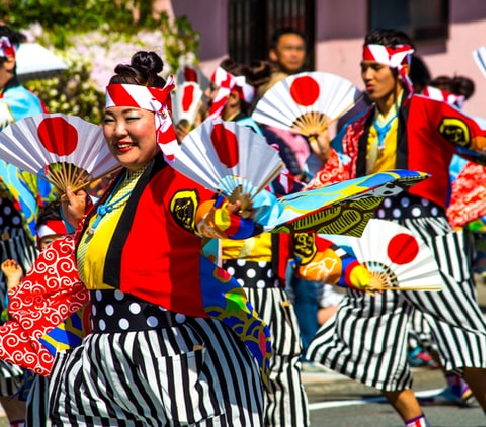
Matsuri (Festivals)
Since ancient times, Japan's myriad deities have been praised and delighted through traditional Japanese festivals. Filled with dance, music, costumes, food, and more, each festival has its fascinating history and unique charm. These festivals often feature large processions, festival markets, and other local festive activities. Some of the most famous festivals include the Nebuta festivals of Aomori, and the Eisa Festival in Okinawa.
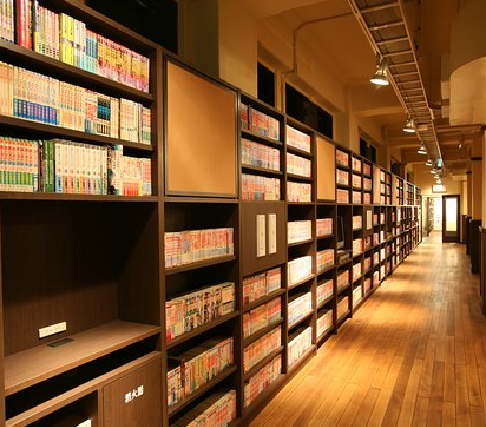
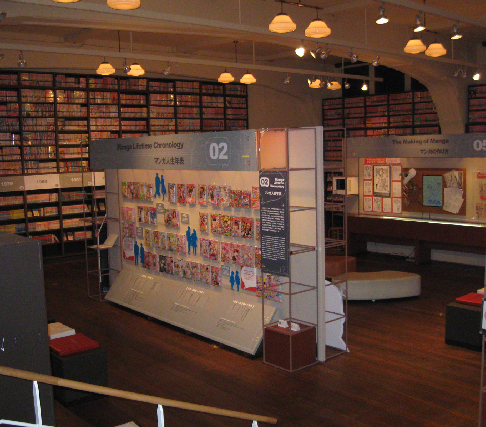
Manga and Anime in Japan
Modern-day manga is known as comics, corresponding to a Japanese style that originated during the mid-1900s. In Japan, the word Manga refers to all comics, while elsewhere it refers exclusively to comics of Japanese origin. These comics include works in a broad range of themes and genres such as action, adventure, business, comedy, detective, romance, mystery, science fiction, and sports, among others.
Anime can be best described as manga's onscreen counterpart. Once a manga series has proved its worth by popularity, it is usually adopted into an anime or Japanese-style animation. Some noteworthy manga and anime museums and theme parks include the Ghibli Museum and the Fujiko F. Fujiyo Museum in Tokyo, the Kyoto International Manga Museum in Kyoto, and the One Piece Tower in Tokyo.

Japanese Pop Fashion
It is the fashion of Japanese popular culture that has emerged to overtake Paris and become the "fashion capital", which dictates the latest trends in the world. It is not only famous for its elegant and beautiful designer brands but also surprises the world with freestyle street fashion called Harajuku style.
From playful colors to exaggerated proportions, one thing most Japanese trends have in common is self-expression, community, and most importantly, the risk of considering the combination of prints and accessories.
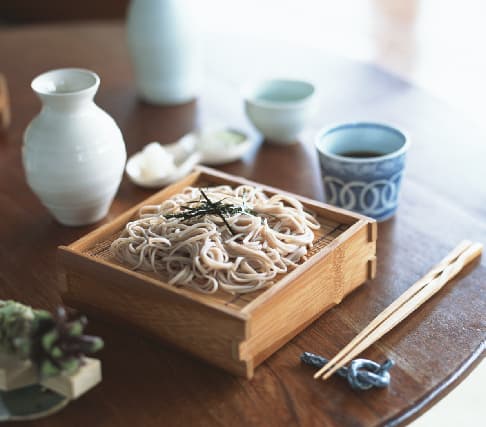
Traditional Japanese food culture
Closely linked to nature, traditional Japanese cuisine is inspired by the abundant edible ingredients provided by the four seasons, land and sea. Traditional Japanese food is known as Washoku, meaning "harmony" and " to eat". Washoku's philosophy focuses on the harmony of attractive and nutritious ingredients. Eagle food focuses on classic Japanese dishes like rice, seafood, seaweed like seaweed, pickles, and seasonal vegetables.
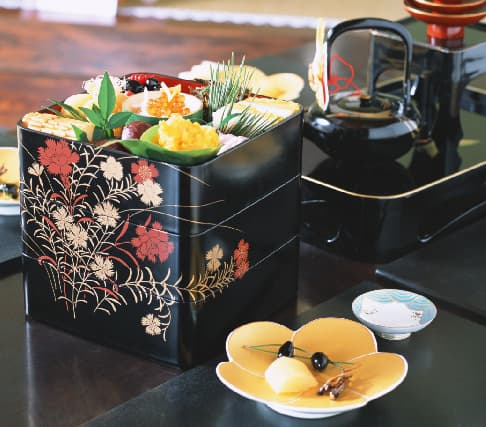
Celebration of food
To celebrate food and nature, festivals and other events are organized around Japan’s famous regional cuisine. Whenever a new agricultural season begins, many shrines organize the “Otauematsuri” festivals to honor the rice fields and pray for a good harvest. Similarly, Osechi Ryouri is a special dish that can be eaten in Japan during the new year festivities. People prepare Osechi dishes in advance so they don't have to cook for the first three days of the year and the dish is said to bring happiness and health to the family.
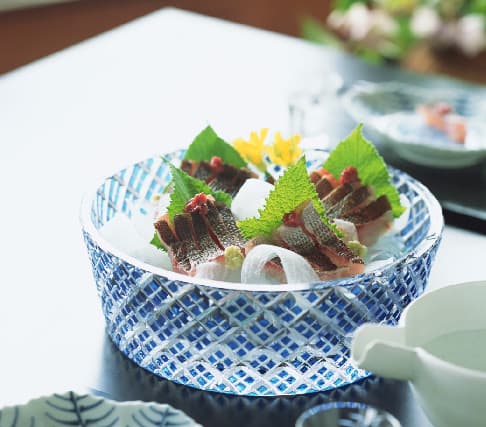
Fishing & seafood culture
Japan is one of the top three fishing countries in the world. As an island nation, Japan has experienced a variety of cold and warm currents, which have provided many benefits to the Japanese fishing fleet and helped build Japan's unique and rich fishing culture. From sushi to tempura, a variety of fish, squid, octopus, eels, and shellfish are an important part of Japanese cuisine.
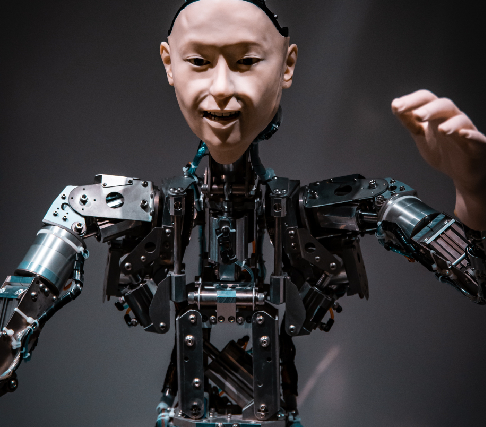
Building a better future
Artificial intelligence, IT and programming, science, and automatic technology are more than just digital age catchphrases in Japan. They are the future towards which the country is headed. Japan sees science and technology as the key to the future and has dedicated resources to the development and innovation of these advanced technologies and high-tech revolutions.
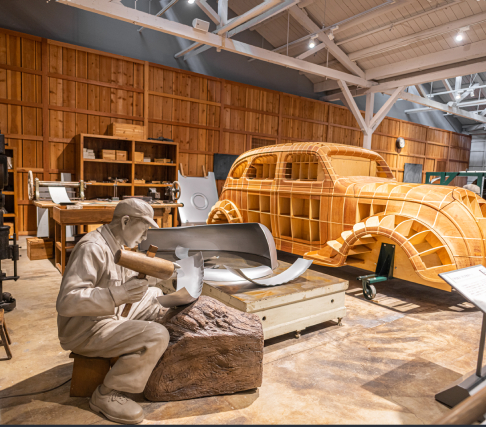
Industrial Prowess
Japan is a country with a lively and dynamic manufacturing industry. The country's "monozukuri", literally "doing things" in Japanese, is the spirit and driving force behind many manufacturing achievements in Japan. The sincere attitude, technical prowess and craftsmanship, and the pursuit of perfection in product manufacturing make Japan-made products so popular around the world, whether it's vehicles, household appliances, or musical instruments, Japan dominates in major market segments with brands like Toyota, Honda, Nissan, Suzuki, and Sony.

Simulations of Submarines and Aircraft in the museum
Mitsubishi Minatomiraikan museum was founded by Mitsubishi Heavy Industries, Ltd. Founded in 1994, it is designed to offer children and adults the opportunity to explore and experience science and technology. The museum is filled with incredibly advanced technologies such as rocket engines, reactor models, aircraft, and submarine simulations.

Compulsory Robots Programming in schools
In 2020, computer programming became a compulsory subject in Japanese primary schools. A family-friendly, experience-oriented museum with a series of fascinating interactive exhibits to help visitors experience the future. The human-like robots at the museum, demonstrate to visitors the current state of the development of robotic technology and how robots will be used in the future through daily demonstrations.

Railway
Japan is known for having the most accurate, safe, and cleanest rail network in the world. Trains of different designs and colors travel around Japan, promoting the country's economic growth and connecting people. They are not only famous for being extremely punctual and safe but also strive to provide a comfortable environment for their passengers. Japan’s Chuo Shinkansen, a maglev line bullet train is the fastest train in the world, operating at 500km/hr.

Sustainability in action
Sustainable development is an important concept in Japan's infrastructure. Japan has always been at the forefront of sustainable waste management policy. Strict regulations and controls on waste disposal help keep the environment clean and improve the quality of life of the Japanese. In Japan, waste is selected and treated with the utmost care based on its characteristics (recyclable vs non-recyclable) to reduce the environmental impact.

Water treatment
Japan is a leading country in both the treatment and distribution of water. Japan's tap water is safe to drink, all waterways that flow through the city are unpolluted and provide a comfortable environment for both locals and tourists. The excellent water quality is the result of advanced techniques and strict controls that the country has introduced to help build a sustainable environment.

